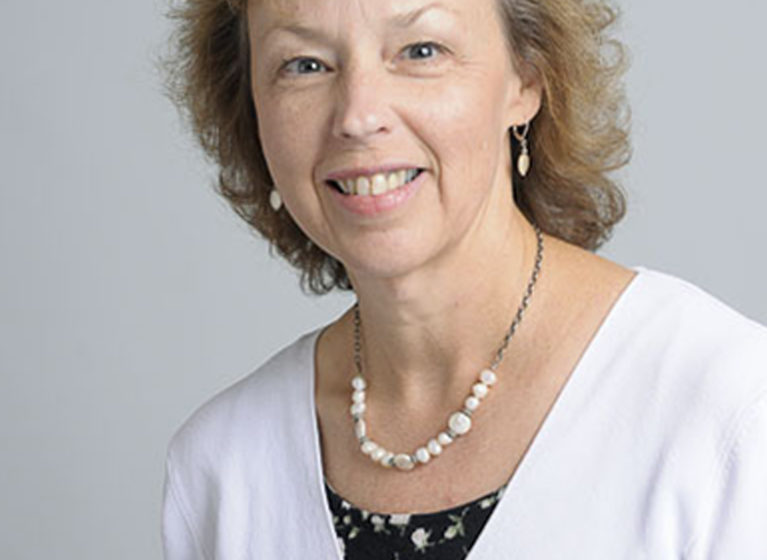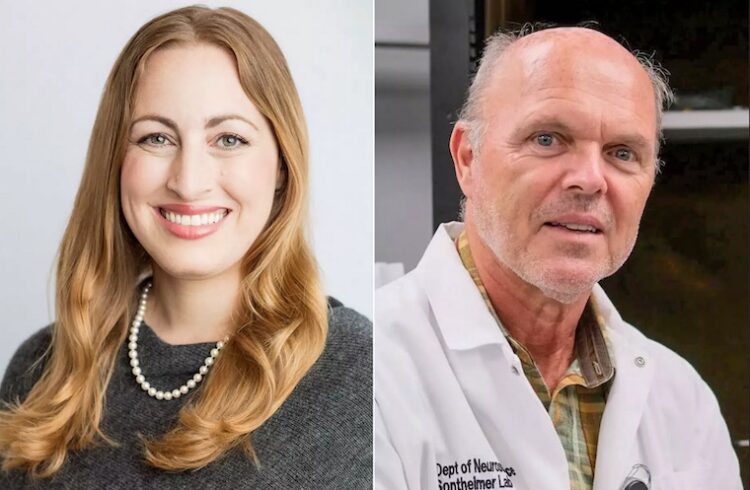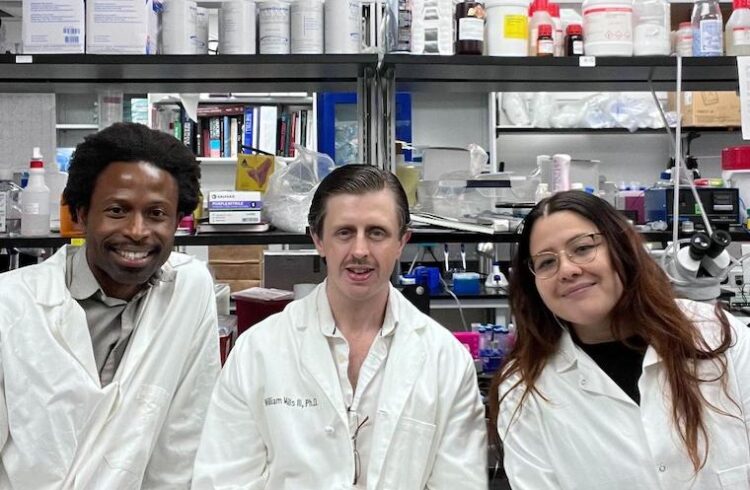
While most women already undergo mammograms to check for breast cancer, there has been considerable debate about how frequently women need to be screened. To help answer that question, researchers at the University of Virginia Health System are developing a personalized risk model to recommend how often a woman should have a mammogram based on her unique risk factors.
“ This could change how we provide breast care ,” says Jennifer Harvey, MD , Professor of Radiology at the UVA School of Medicine . “Women will have personalized knowledge to make decisions about getting screened.”

Harvey and William Knaus, MD , Professor of Public Health Sciences, are part of a research team that recently received a $5.5 million grant from the U.S. Department of Defense Congressionally Directed Medical Research Programs to fund the initial phase of a study to develop the risk model.

While recommendations for breast cancer screenings are now “one-size-fits-all” largely based on a woman’s age, Harvey says, the new risk model could produce very different recommendations for women of the same age. Lower-risk women may be advised to undergo a breast cancer screening every other year, while women at higher risk may be advised to have more frequent screenings with more sensitive equipment such as MRI.
Breast Cancer Risk Factors – Expanded
The risk model will combine medical data with guidance from women on how they would like to approach screenings for breast cancer. Existing risk models are largely based on a woman’s personal or family history of cancer; UVA’s risk model will add breast density, which is one of the strongest indicators of a woman’s breast cancer risk.
As part of the study, Harvey and Knaus will work with Martin Yaffe, MSc, PhD, a senior scientist at Sunnybrook Health Sciences Centre in Toronto, to determine which of two methods is best for quickly measuring breast density using digital mammograms.
Women Will Help Shape Risk Model
To complete the risk model, a series of phone surveys and focus groups will gather input from women about their perspectives on screening for breast cancer. “Some women have concerns about the radiation exposure from mammograms, while other women may want to take a more aggressive approach to screening,” Knaus says.
Harvey and Knaus plan to spend the next three years developing and validating the screening model at UVA before testing it through a national study; if successful, the model could be available for widespread use in five to six years.


